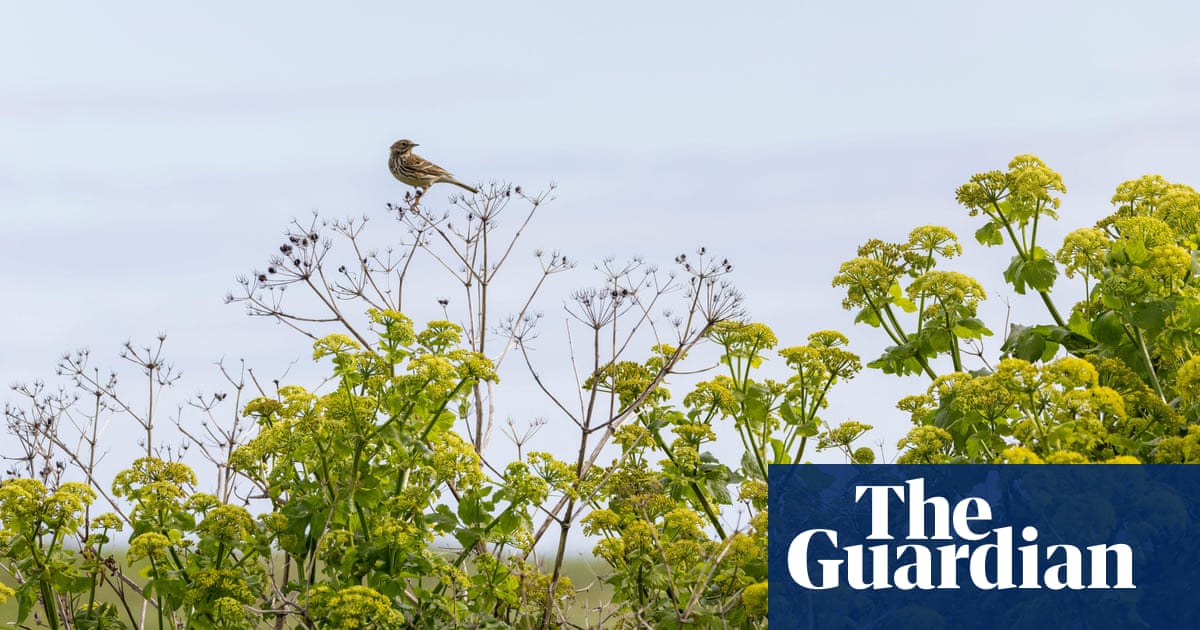
Wild cockatoos have been observed using three types of tools as “cutlery” to extract seeds from tropical fruit.
Researchers made the discovery while studying Goffin’s cockatoos on the Tanimbar Islands, a remote archipelago in Indonesia.
The team noticed the behaviour in two wild cockatoos, who crafted tools from tree branches and used them to extract seed matter from sea mangoes, a tropical fruit.
The Goffin’s cockatoo, also known as the blushing cockatoo and the Tanimbar corella, is endemic to the archipelago but has also been introduced to Puerto Rico and Singapore.
The bird is one of six species of corella, a category within the cockatoo family. Three corella species are found in Australia.
Berenika Mioduszewska of the University of Veterinary Medicine Vienna, one of the study’s lead authors, said Goffin’s cockatoos were difficult to observe in the wild, because they live in dense canopy and are shy of humans.
The researchers have been studying the Goffin’s cockatoo since 2015, observing wild-caught birds in a field aviary before releasing them back into the forest.
Dr Mark O’Hara, who co-led the study, said the cockatoos showed a high level of dexterity in manufacturing and using the cutlery.
The team provided a flock of cockatoos different tropical fruits that the birds have been observed eating in the wild. “We were blown away that all of a sudden one of them just started using tools [on sea mangoes],” O’Hara said.
“It turned out that within the flock of 15 birds, only two individuals did that.”
After observing the behaviour repeatedly and collecting some of the cutlery used by the birds, the team were able to classify the tools into three types.
The birds used sturdy, thick twigs to wedge open a fruit and allow access to its inner portion, fine tools to pierce the layer surrounding a seed like a knife, and medium-sized tools to spoon out the inner seed matter.
The cockatoos made the fine and medium tools by splitting slim wooden fragments from branches, while the sturdy tools were made by severing a branch entirely and removing a portion of the branch stump.
The birds then sculpted and finessed the tools using their beaks. On average, the birds used eight tools per piece of fruit.
Unlike in other birds, such as New Caledonian crows that have also been observed using tools, the behaviour does not appear to be genetically inherited as it is not species-wide, Mioduszewska said.
“Only very few individuals were using those tools … that is an indication that it likely developed individually as an innovation.”
“Corellas are smaller than the other cockatoos,” she said. “The smaller bird might have a smaller beak, so they cannot just bite open the fruit and therefore they [might] need some little tricks.”
The research was published in the peer-reviewed journal Current Biology. The team plans to investigate how prevalent the behaviour is among Goffin’s cockatoos across the Tanimbar Islands, and how it may have spread socially throughout groups of birds.
Social learning is present in other cockatoo species, such as sulphur-crested cockatoos in Sydney, who have learned from each other how to open rubbish bins in search of food.












